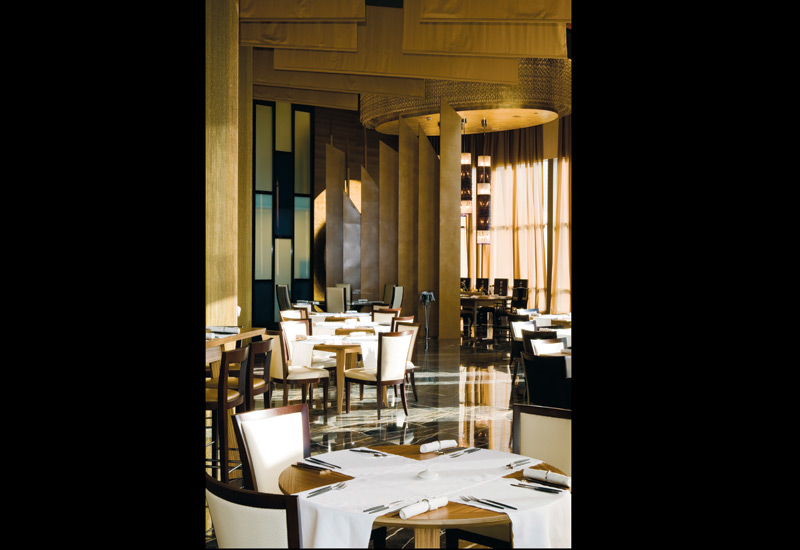By Nigel Witham
F&B outlet developers have to learn that design is not just a throw away commodity but rather a long-term investment
Return on investment is easy to measure: you put money in, you measure money out. You’re happy to put more money in to get more money out.
But what about return on design?
The most common issue that I have come up against during my visits to the Middle East is that purchasers want to treat design as a commodity rather than as an investment and so procure it on a best-price basis. My counterpoint has always been that if you think good design is expensive, just you wait and see what bad design will end up costing you!
Latterly though, I have come to realise that perhaps restaurants and hotels in the region don’t always understand that one set of drawings can lead to an entirely different financial outcome than another, even if both cost the same to implement.
Good design takes time and money and guts — so what do you get in return? It turns out that the sort of return you’re getting (or hoping for) should drive the decisions you make about design.
Thinking about design in four zones helps. It’s more useful to think of these zones as distinct states as opposed to a continuum, as it’s easy to spend a lot of time and money on design but not garner the benefits that you might expect. McDonald’s might have a better carton than KFC (or the other way around, I can’t remember) but does McDonald’s sell any more units as a result?

Advertisement
ZONE 1: Negative return
The small hotel with a boarded-up window and the restaurant with a drooping sign and peeling paint are watching their businesses suffer because they have a design that actually hurts them. Low-grade copies of good franchises suffer this problem too. If the design actively gets in the way of the food you sell or the accommodation you deliver, you lose money and market share.
ZONE 2: No impact
Most design around the world falls into this zone. While aesthetically important, design in this case is just a matter of personal taste (usually the business owner’s) not measurable revenue. You might not like the way the eatery looks, or the logo over the hotel door, but it’s not having any effect on sales; it’s good enough.
You can get no-impact design drawings cheap and as long as they work practically they are probably good enough — just don’t expect fireworks in return.
Ideas that you or your designer copy never get above this zone.









 Search our database of more than 2,700 industry companies
Search our database of more than 2,700 industry companies









